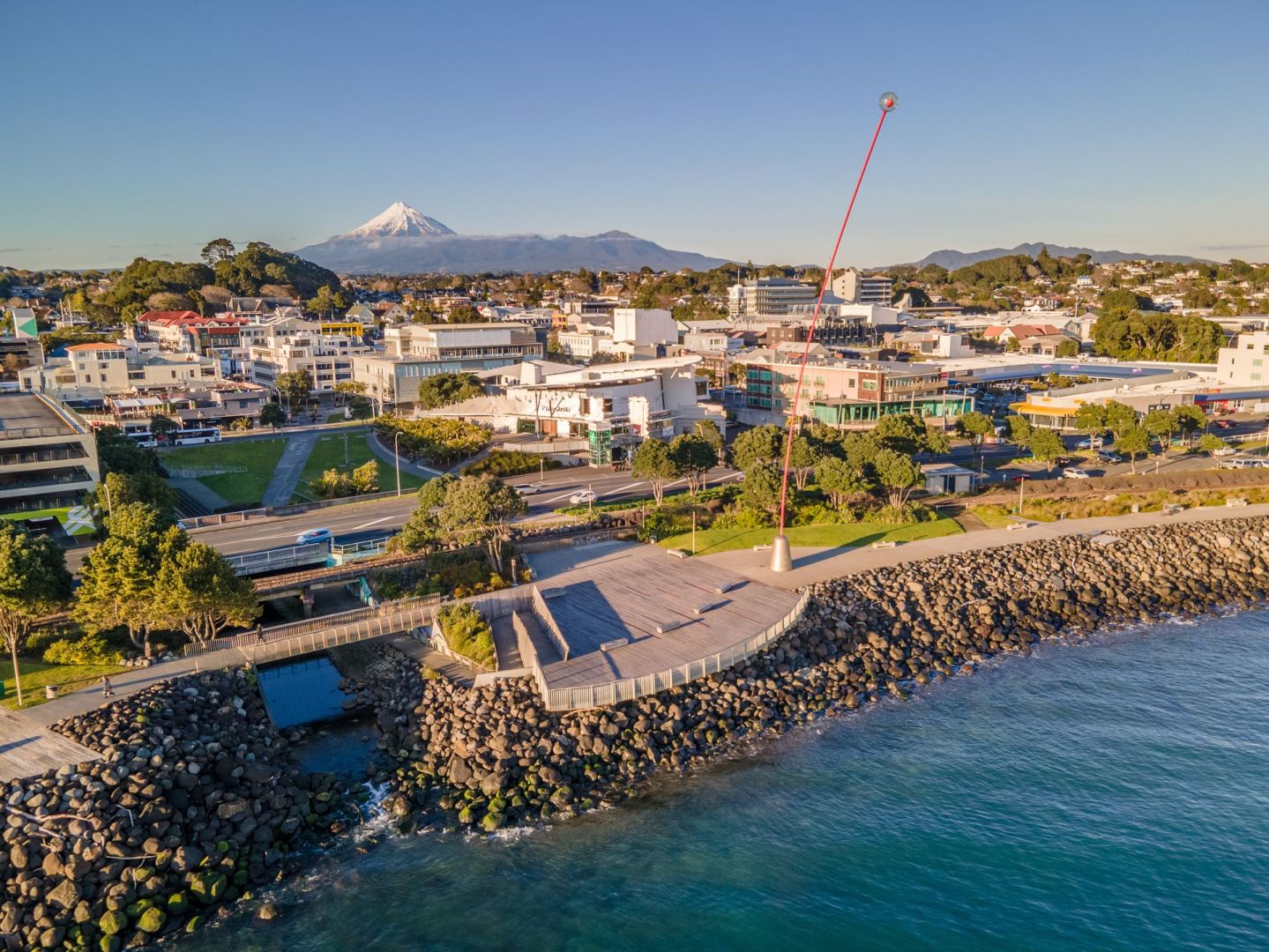The Secret to Success for your Mount Taranaki Hike – Locals Tips
It's a dream destination for hikers, photographers, and nature lovers alike. But while many people arrive with dreams of summiting this majestic peak, not all succeed, or enjoy the trek as much as they could.
The secret to a successful Mount Taranaki hiking experience lies in preparation and local wisdom. You might be a first-time tramper or a seasoned hiker, but either way, our local tips will help you make the most of your journey and return with both awe and satisfaction.

1. Start Early, Start Smart
One of the most essential pieces of advice locals swear by is: start early. Weather conditions on Mount Taranaki can change rapidly, often becoming less predictable by midday. Starting your hike before sunrise allows you to avoid the mid-afternoon clouds that frequently engulf the summit and can also help you dodge the crowds.
Don’t be tempted to “wing it.” The climb to the summit can take between 6–10 hours round-trip depending on fitness levels and weather. If you’re not aiming for the summit, shorter walks like the Pouakai Circuit or Wilkies Pools are stunning alternatives that require less time and stamina.
Local tip
Check the latest weather updates before heading out on the Taranaki Maunga Summit Climb, and if in doubt, consult the friendly staff at your New Plymouth Information Centre, or North Egmont Visitors Centre, who often have the latest updates.
2. Stay Close for Convenience and Comfort
Choosing the right base for your adventure is a major key to success. Being well-rested and close to the mountain can make a huge difference to your energy levels and motivation. Many hikers opt to stay centrally, due to the proximity to the mountain (less than an hour’s drive), cafes, gear shops, and scenic coastal walks for recovery days.
One popular and highly-rated option is our New Plymouth accommodation. Located in the heart of the city, Bella Vista is a clean, cosy, and well-equipped motel that offers the ideal combination of comfort and accessibility. You’ll appreciate the hot shower and warm bed after a long day on the trails—and the convenience of being just steps away from local eateries and bars.

3. Layer Up and Pack Smart
One of the biggest mistakes out-of-towners make? Underestimating the mountain’s weather. Taranaki has a microclimate that can turn chilly and wet in an instant—even in the middle of summer.
We advise packing gear that covers all bases: moisture-wicking base layers, an insulating mid-layer (like fleece or down), and a waterproof outer layer. Gloves, a hat, and sunglasses are non-negotiable, even on sunny days. Bring at least 2L of water, high-energy snacks, and a basic first-aid kit. And of course, don't forget a sturdy pair of hiking boots.
Local tip
If you’ve forgotten something, visit one of New Plymouth’s outdoor stores the day before your hike. Staff are usually hikers themselves and happy to share weather and track info.
4. Know Your Track and Respect the Maunga
There are several tracks on and around Mount Taranaki, each offering a different experience. The Summit Track is the most challenging, requiring stamina, sure-footedness, and careful navigation. For more casual hikers, the Pouakai Tarns Walk rewards you with iconic reflection views of the mountain—without the brutal elevation gain.
It’s also important to recognise that Mount Taranaki is not just a natural feature but a deeply sacred place to the local Māori people. Show respect by staying on the tracks, not littering, and keeping noise to a minimum.

5. Use Local Knowledge to Your Advantage
While guidebooks and maps are useful, nothing beats talking to locals like us. Living here often means we have real-time information that’s more up-to-date than what’s sometimes online. Many of our guests have successfully completed hikes in this area and often share stories with us of their experiences.
Local tip
Ask us locals about lesser-known spots like the Koru Pa historic site or the Goblin Forest near East Egmont. These are often uncrowded, deeply peaceful, and just as beautiful as the main trails.

6. Plan for Recovery—Don’t Rush the Experience
After a long hike, your body will thank you for some TLC. Instead of hitting the road straight after your trek, consider staying an extra night in town. New Plymouth offers fantastic cafes, coastal walks along the award-winning Coastal Walkway, and the beautiful Pukekura Park, where you can relax and reflect on your adventure.
Nothing beats a hot meal and a cold drink after conquering Mount Taranaki, and New Plymouth has plenty of both. From artisan bakeries to local breweries, you’ll find something that hits the spot.
Local tip
Book a massage in advance if you're doing the full-day hike. It’s the ultimate reward for your hard work! Consider Royale Beauty Therapy at 190 Devon Street East!
Mount Taranaki Hiking FAQs
1. Where is Mount Taranaki located?
Mount Taranaki is located in the central North Island of New Zealand. It’s part of Egmont National Park and sits near the west coast, just inland from New Plymouth.
2. Where should I park when hiking Mount Taranaki?
There are several access points to hiking trails on Mount Taranaki, each with convenient parking options:
- North Egmont: Accessible via Egmont Road, this is one of the most popular starting points for hikes, including the summit route. The North Egmont Visitor Centre is located here with facilities and maps.
- Stratford Plateau Car Park: Accessed via Pembroke Road, this is another key entry point offering excellent views and access to a range of walking tracks.
- Dawson Falls / East Egmont: Found via Manaia Road, this southern access point is great for day walks and waterfalls.
3. What's the best time of year to hike Mount Taranaki?
The best time to hike Mount Taranaki is during the summer months from December to April, when the weather is typically more settled and the trails are free from snow. Attempting the summit peak hike is only recommended in good weather, as conditions can change rapidly and the terrain is challenging.
Ready to hike the crown jewel of Egmont National Park?
Mount Taranaki is more than just a hike and stunning views—it’s a transformative experience that combines nature, culture, and challenge. By listening to local wisdom, preparing well, and choosing a convenient motel in New Plymouth like Bella Vista New Plymouth, you’ll give yourself the best chance of enjoying every step of the journey.
The mountain is waiting. Are you ready to explore?

